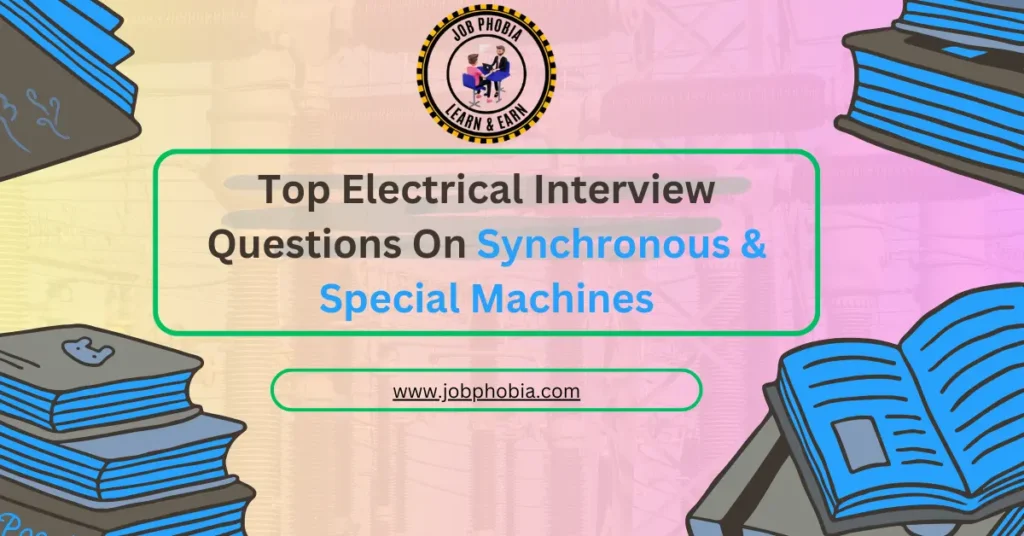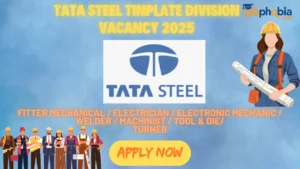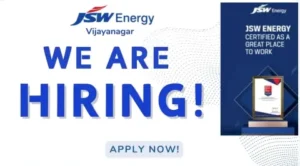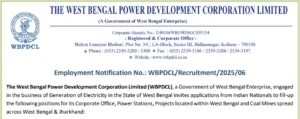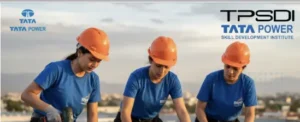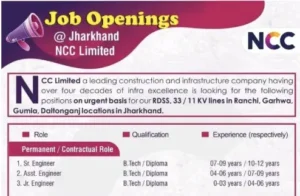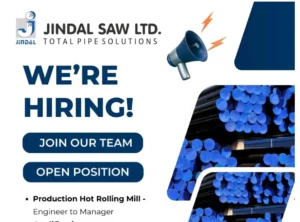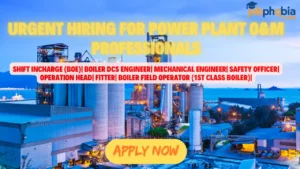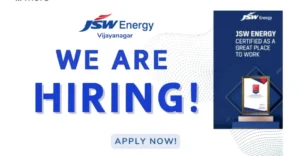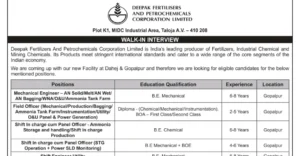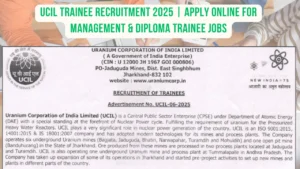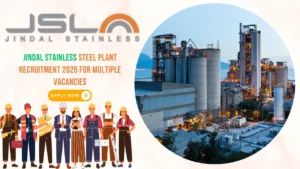Top Electrical Interview Questions On Synchronous & Special Machines for Steel Plant/Power plant/Cement Plant/Construction
SYNCHRONOUS AND SPECIAL MACHINES
1. What are the two fundamental characteristics of a rotating magnetic field?
Ans: The two fundamental factors of rotating magnetic field are,
1) The resultant of the three alternating fluxes separated from each other by 120° has a constant amplitude of 1.5 Φm where Φm is the maximum
amplitude of an individual flux due to any phase.
2) The resultant always keeps on rotating with a certain speed in space.
2. Define coil span factor.
Ans: The factor by which the induced emf gets reduced due to short pitching is
called pitch factor or coil span factor denoted as Kc.
Kc=cos(α/2)
Where, α is the angle of short pitch
3. What are the requirements to be met with for paralleling of alternators?
Ans: The conditions to be satisfied for parallel operation of alternators are,
1. The terminal voltage of the incoming machine must be same as that of bus bar voltage.
2. The frequency must be same as that of the incoming machine as well as that of bus bar.
3. With respect to the external load, the phase of alternator voltage must be identical with that of the bus bar voltage.
4. List the types of rotors of the synchronous generator. State their features.
Ans: There are two types of synchronous generator namely salient type and cylindrical type rotor.
In salient pole structure, the air gap is non uniform. These poles are mechanically weak and hence preferred for low speed alternators. Separate damper
winding is provided.
In cylindrical type structure, the air gap is uniform. It is mechanically robust and hence preferred for high speed turbo alternators. Separate damper winding is not necessary.
5. What are the functions of damping winding provided with alternator?
Ans: Damper windings are provided with the alternator to reduce the oscillations.
6. Why the field system of an alternator made as a rotor? (Or) Why the armature is made stationary in alternator?
Ans: The field system of an alternator is made rotating to avoid interaction of mechanical and electrical stresses. Also with rotating field system, it is easier to
collect currents at very high voltages from stationary member. Due to low voltage on field side, the insulation required is less. The problem of sparking is avoided.
The construction with rotating field is simple and only two slip rings are required to provide external dc supply.
7. Compare salient pole rotor and cylindrical pole rotor.
Ans:
| Salient pole type | Cylindrical type |
| Poles are projecting out from the surface | Unslotted portion of the cylinder acts as poles hence poles are non projecting. |
| Airgap is non uniform | Airgap is uniform |
| Diameter is high and axial length is small | Small diameter and large axial length |
| Mechanically weak and hence preferred for low speed alternators | Mechanically robust and hence used for high speed alternators |
8. What are the reasons for drop in voltage from no load to full load?
Ans: The reasons for drop in voltage from no load to full load are,
1. Drop in armature resistance
2. Armature leakage reactance
3. Reaction corresponding to armature reaction.
9. What are the methods to find the regulation of an alternator.
Ans: There are four methods to find the regulation of an alternator.
1. Direct loading method
2. EMF method
3. MMF method
4. ZPF method
5. ASA method
10. List the advantages of rotating field then rotating armature.
Ans: 1. It is easier to collect larger currents at very high voltages from stationary member than from the slip ring and brush assembly.
2. The ventilation arrangement for high voltage side can be improved if it is kept stationary.
3. The problem of sparking at the slip rings can be avoided by keeping field rotating which is low voltage circuit and high voltage armature as stationary.
4. To excite the field an external dc supply with two slip ring are enough
11. What is brushless excitation?
Ans: It consists of silicon diode rectifiers which are mounted on the same shaft of alternator and will directly provide necessary excitation to the field. The problem of sparking is avoided in this type system.
12. Mention the advantages of short pitched coil.
Ans: Because of short pitching the effective length of copper is reduced which leads to reduction of cost.
13. Define harmonics.
Ans: The high frequency components are merged with the fundamental Components of the wave. This is called Harmonics.
14. What do you mean by Synchronization of an Alternator?
Ans: The process of connecting or switching of one alternator to the other alternator or to the infinite bus bar with out any interruption is called
synchronization.
15. What is the necessity of Parallel Operation of an Alternator?
Ans: 1.To avoid the power shut down during maintenance or inspection by sharing the load to other units.
2. To have the optimum utility of the alternators
3. To have the good reliability of the supply
4. To achieve the better efficiency by operating the alternators with full load.
16. What are the methods of Synchronizing Alternator?
Ans: 1. Dark lamp method
2. Bright lamp method
3. Synchroscope method
17. What is infinite bus bar?
Ans: The bus bar whose frequency and phase emf remain unaffected by the changes in the condition of any one machine connected to it is called as infinite bus bar.
18. How it is identified that the phase sequence of an incoming Alternator is same as that of the bus bar?
Ans: If the lamps are glowing with the same dark period or bright period, then the it can be considered as same phase sequence. If the lamps becoming dark and bright simultaneously it indicates the incorrect phase sequence.
19. Explain the term “Alternator floating on bus bar”.
Ans: If the alternator is once connected in parallel with the bus bar after satisfying the condition then it is said to be in floating condition.
Also Read:- Top Electrical Interview Questions On Transformer
20. Mention four applications of synchronous motor.
Ans: i) Synthetic fiber drawing
ii) Constant speed applications
iii) Synchronous condenser
21. What is synchronous reactance?
Ans: The leakage reactance XL and the armature reactance Xa may be combined to give the synchronous reactance Xs.
Xs = XL + Xa.
22. Define synchronous motor.
Ans: The motor which rotates with always synchronous speed otherwise zero
speed is known as synchronous motor.
23. What is hunting?
Ans: When synchronous motor is on no load, the stator and rotor pole axes coincide with each other. When motor is loaded, the rotor pole axis falls back
with respect to stator.
If the load connected to motor is suddenly changed by a large amount, then rotor tries to retard to take its new equilibrium position. But due to inertia of rotor, it can not achieve equilibrium instantaneously. While achieving new position, it passes beyond its final position corresponding to new load. This will produce more torque than demanded. So, the load angle is reduced and rotor swings in other direction. Such oscillations of the rotor about its new equilibrium position due to sudden application or removal of load is called hunting.
24. Enlist the advantages and disadvantages of synchronous motor.
Ans: Main disadvantage is it needs external starting arrangements.
Regarding the advantage, it mainly improves the power factor by simply adjusting the excitation.
25. Why synchronous motor is not self starting?
Ans: When a three phase supply is given to the stator, rotating magnetic field is produced. At one instant, due to unlike poles trying to attract each other, the rotor will be subjected to a torque in clockwise direction. At another instant, the like poles trying to repel each other, the rotor will be subjected to a torque in
anticlockwise direction. As a result, the average torque exerted on the rotor is zero. And hence the synchronous motor is non self starting.
26. List the starting methods of synchronous motor.
Ans: The starting methods are,
iv) Using pony motors
v) Using damper winding
vi) As a slip ring induction motor
vii) Using small dc machine coupled to it.
Also Read: Top Electrical Interview Questions On DC Machines
27. Compare synchronous motor and induction motor.
Ans: Synchronous motor is non self starting motor. By changing the field Excitation, the power factor can be varied. It can be used for power factor
correction.
Induction motor is a self starting motor. The field excitation cannot be changed. It cannot be used for power factor correction.
28. Define stepper motor.
It is an electro mechanical device which produces step movement of the
rotor in response to the train of input pulses.
29. Discuss why the starting torque of a synchronous motor is zero?
Ans: Due to inertia of the rotor it is not able to lock with the stator poles which is alternatively changing for the positive and negative half cycle. During that time
the rotor rotates CW for some time and CCW for some time. So the average torque is zero.
29. Why is the hysteresis motor free from mechanical and magnetic vibrations?
Ans: 1. Due to magnetic retentivity property there is continuous magnetic locking between stator and rotor which avoids the vibrations.
As there is no rotor teeth and winding there are no mechanical vibrations.
30. Define the step angle of a stepper motor and write the expression for the same.
Ans: The angle through which the stepper motor rotates for the train of pulses is called step angle.
β = 360 / mNr
where m denotes the number of phases and Nr denotes the number of rotor teeth.
31. List the types of stepper motors.
Ans: 1. Variable reluctance stepper motor.
2. Permanent magnet stepper motor
3. Hybrid stepper motor.
32. Give the applications of stepper motor.
Ans: 1. Printers and plotters
2. Paper tape drives
3. Quartz watch
4. Synchronizing clock
5. Positioning control
Read More:

